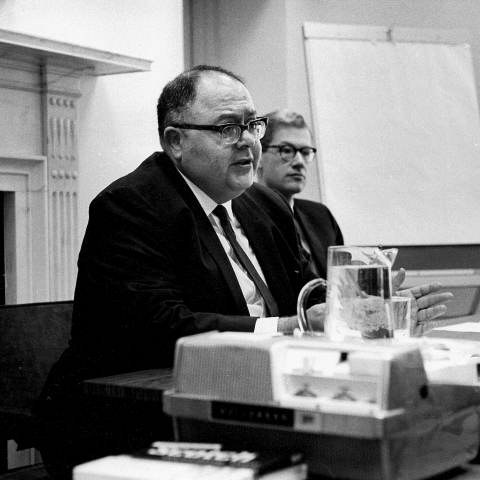Indian Prime Minister Narendra Modi didn’t only lay the cornerstone of a new Hindu temple last week. He was also setting the foundation for a new order in the Indo-Pacific: one in which India will have a closer relationship with countries like the U.S., Japan and Australia, but in which Hindu-Muslim and India-Pakistan tensions will complicate efforts in Washington and Beijing to keep U.S.-China relations from spiraling out of control.
Mr. Modi’s many critics in India and the West have focused on the domestic consequences of India’s turn to Hindu nationalism—sometimes called “saffron politics”—which could alienate, marginalize and even endanger the approximately 182 million Muslims, 30 million Christians and other religions minority groups in India. These concerns are not baseless. The number of attacks on Christians has grown dramatically in recent years, while a range of legislation directed at Muslims stokes fears that India’s largest minority could be relegated to second-class status.
The rise of Hindu nationalism is not only a response to domestic pressures. Beijing is challenging New Delhi by sea and land, from the Indian Ocean to the mountains of Kashmir. This country of about 1.4 billion people and 22 languages needs an idea around which it can rally as it summons the energy for the contest. The stale Nehruvian mix of secularism and socialism has lost its mass appeal. Mr. Modi’s saffron politics has its drawbacks, but there is no realistic alternative in India today.














